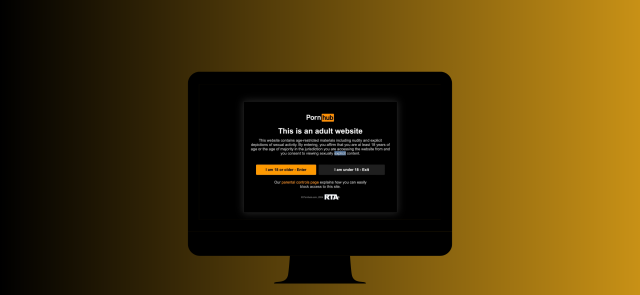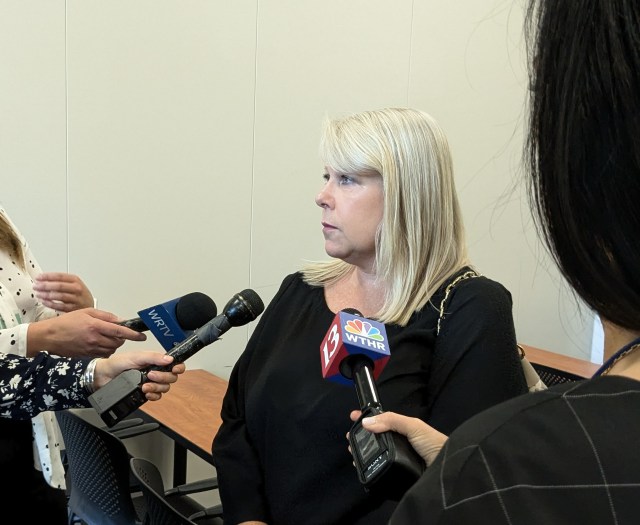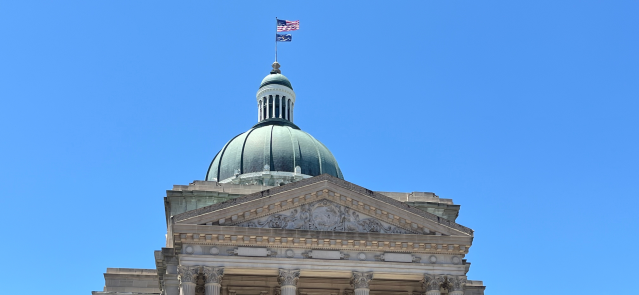TUCSON, Ariz. — The sun barely peeks over the horizon as a suitcase-like transport box exits Steward Observatory, home to the University of Arizona Department of Astronomy. Inside, held snugly in place by foam, is precious cargo: CatSat, the university's first satellite built entirely by students.
After loading it into the back of the car, Shae Henley and Walter Rahmer, both engineering students at UArizona, stretch one last time in preparation for the 660-mile trip from Tucson to Vandenberg Space Force Base in California. Their mission: Deliver the satellite and fit it inside a Firefly rocket that will launch into low-Earth orbit as early as June 30. If everything goes according to plan, CatSat will orbit around Earth every 95 minutes, gathering data about space weather while using an inflatable antenna from FreeFall Aerospace and a state-of-the-art radio from Rincon Research Corporation.
CatSat is a small satellite, also known as a CubeSat. The project kickoff was in 2016. For the past several years, students suited up in lab coats, hairnets and masks to meticulously wire up the satellite inside a clean room in the university's Drake Building. Henley and Rahmer were part of the CatSat integration team, which also included team leads Hilly Paige and Del Spangler, both UArizona alumni, and engineering student Sarah Li.
The main body of CatSat, known as the "bus," is a commercially available part, explained Chris Walker, a UArizona professor of astronomy and principal investigator of the CatSat project.
"It's like the spacecraft's heart, lungs and power – but you have to put in all the instrumentation yourself, wire it up, program the spacecraft and test it," he said. "The students did all of that."
CubeSats are modular; in other words, they consist of standardized components. Consisting of six 10-by-10-by-10-centimeter cubes, CatSat is roughly the size of a large cereal box, enclosing a space of 366 cubic inches. The wiring inside of CatSat is densely packed together, making for a tight fit.
"It's kind of like sitting on your suitcase trying to get it to close," Walker said.
The compactness of CubeSats has its drawbacks, said Henley, the CatSat team's lead integration and testing engineer. Henley is an aerospace engineering major who has been working on CatSat since her first year at UArizona.
"CubeSats are popular with universities because they're a great way for students to get experience with small spacecraft and do science at relatively low cost," she said. "But while the technology can be shrunk down with miniaturized components, the size of the antenna can't break the laws of physics, and therefore there are size constraints. Our solution to that challenge is an inflatable antenna."
Made of Mylar, a thin yet durable material, the inflatable antenna addresses mass and complexity issues faced by conventional antennas, said Walker, the father of the inflatable antenna concept used by CatSat.
"With an inflatable antenna, you can pack a 10-foot antenna inside a 2-foot space," he said. "Making such a large antenna using conventional design, you'd have to engineer it somewhat like a folding umbrella – it's much more complicated and more likely to fail, on top of having more mass and being more expensive."
The idea for CatSat originated from a demonstration of an inflatable antenna developed by FreeFall Aerospace, a Tucson-based UArizona spinoff company co-founded in 2016 by Walker and Doug Stetson. UArizona aerospace engineering graduate Aman Chandra, who now works at FreeFall, contributed to the original CatSat proposal and has been the lead mechanical designer throughout the project. As a graduate student, Chandra designed and built CatSat's novel inflatable antenna system, which will be demonstrated for the first time in low-Earth orbit on CatSat.
In 2018, the FreeFall team successfully tested its inflatable antenna at 160,000 feet on a NASA high-altitude balloon launched from a NASA facility in Fort Sumner, New Mexico, which took it to the edge of space. This milestone paved the way for the next technology aboard CatSat.
Service to the ham radio community
Before deploying its "beachball-looking antenna," CatSat will use a whip antenna to study Earth's upper atmosphere.
"Once the inflatable antenna is deployed, it will increase drag," Henley said. "Even though we're in low Earth orbit, there's still some residual atmosphere in that part of space. That's why there will still be drag due to the inflatable antenna's larger size. So, we want to get some good ionospheric data beforehand."
The CatSat team is interested in investigating how signals propagate through the ionosphere, one of the uppermost layers of Earth's atmosphere, depending on factors like space weather and the time of day.
"The ionosphere is made up of different layers of charged particles, and density and height of the layers change over time," Walker explained. "These layers are created by solar radiation, electrically charging – or ionizing – air molecules, and that affects radio transmissions around the Earth."
Of particular interest to the researchers is the so-called terminator, the line between night and day, as a means of examining how the ionosphere fluctuates because of changing solar activity and, by extension, the effects on amateur, or "ham," radio signals.
"Radio wave transmission is affected by the time of day because particles in the ionosphere get charged by the sun's energy," said Walker, himself a ham radio operator.
He explained that high frequencies are typically used during daytime, while lower frequencies are preferred at nighttime.
"Seeing the transition from day to night and how it affects ham radio is really kind of cool," Walker said.
Ham radio satellites have a long history, going back to the early 1960s, not long after the launch of Sputnik, the first orbiting satellite. For decades, ham radio satellites have eased the process of ham radio communication by acting as "steppingstones" that refract radio waves as they travel through the atmosphere. CatSat can also receive and transmit high frequency radio signals, allowing ham radio users to "talk" through the satellite.
"In the ionosphere, the path of radio waves can be bent back toward Earth by charged particles," Walker said. "They can do multiple hops by reflecting off land and sea, like a stone skipping across water. That's how I'd be able to talk with someone from New Zealand from my house in the Tucson foothills."
How well radio waves move around the world depends in no small way on conditions in the ionosphere, which can vary with solar flux and are part of a field of research referred to as space weather. CatSat measurements are expected to advance this field. The satellite uses a high-frequency deployable whip antenna to collect signals, which are sent to and processed by a radio on board the spacecraft called AstroSDR, provided by Tucson-based Rincon Research Corporation, a company that provides support for the CatSat experiment and the satellite's ground station at the University of Arizona Tech Park.
Ham radio satellites today are used by a worldwide community of operators for communications, technology development and ionospheric propagation studies. CatSat will join the ranks of no more than 20 operating ham radio satellites.
"We are providing a service to the global ham radio community," Walker said.
To further benefit the ham radio community, the CatSat team plans to make the results of its experiments publicly accessible to amateur radio operators looking for data on ionospheric conditions.
Following a successful launch, CatSat is expected to gather data for six months to a year.
Students involved with CatSat come from several different majors, including astronomy; optical sciences; aerospace and mechanical engineering; electrical and computer engineering; systems and industrial engineering; and computer science. The students on the team said they cherish the project, as CatSat is completely different from theoretical coursework.
"For me, it's been the most helpful thing at university," Henley said. "Classes are nice and give you a solid math and physics background, but not necessarily hands-on experience."
Already, the team is looking into what they could do next with CubeSats, this time a little farther from Earth. One idea involves a CubeSat orbiting the moon (LunaCat); another would use a CubeSat as a data transmitter for a Mars mission (MarsCat). To help make these plans a reality, in May the team received a 3U CubeSat valued at about $500,000 from GOMspace North America, who donated the spacecraft to the CatSat team for a future mission. CatSat itself uses a GOMspace spacecraft bus, and this donation aims to guarantee the continuation of the university's student satellite program. With experiments awaiting in Earth orbit and beyond, even the sky is not the limit for CatSat.
"CatSat is definitely more Earth focused," Henley said. "But an inflatable antenna has a lot of potential, even for deep space and longer, farther missions."



